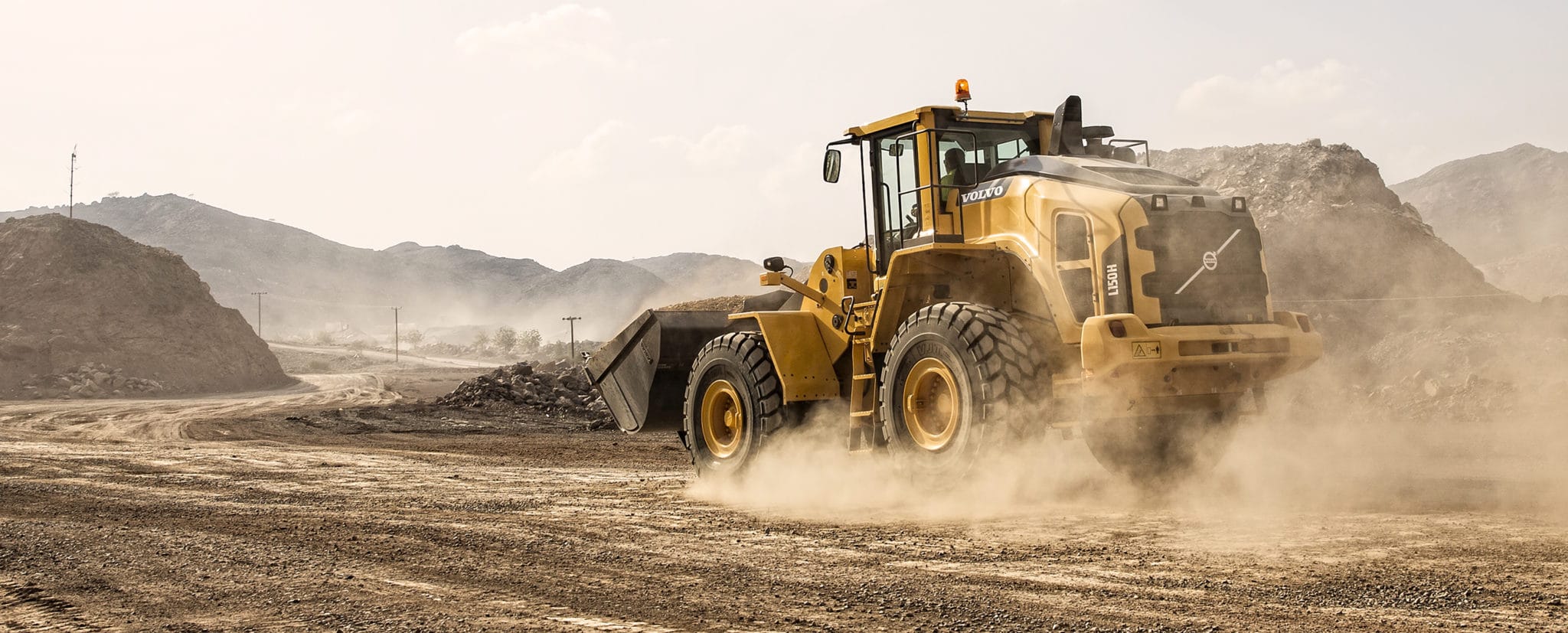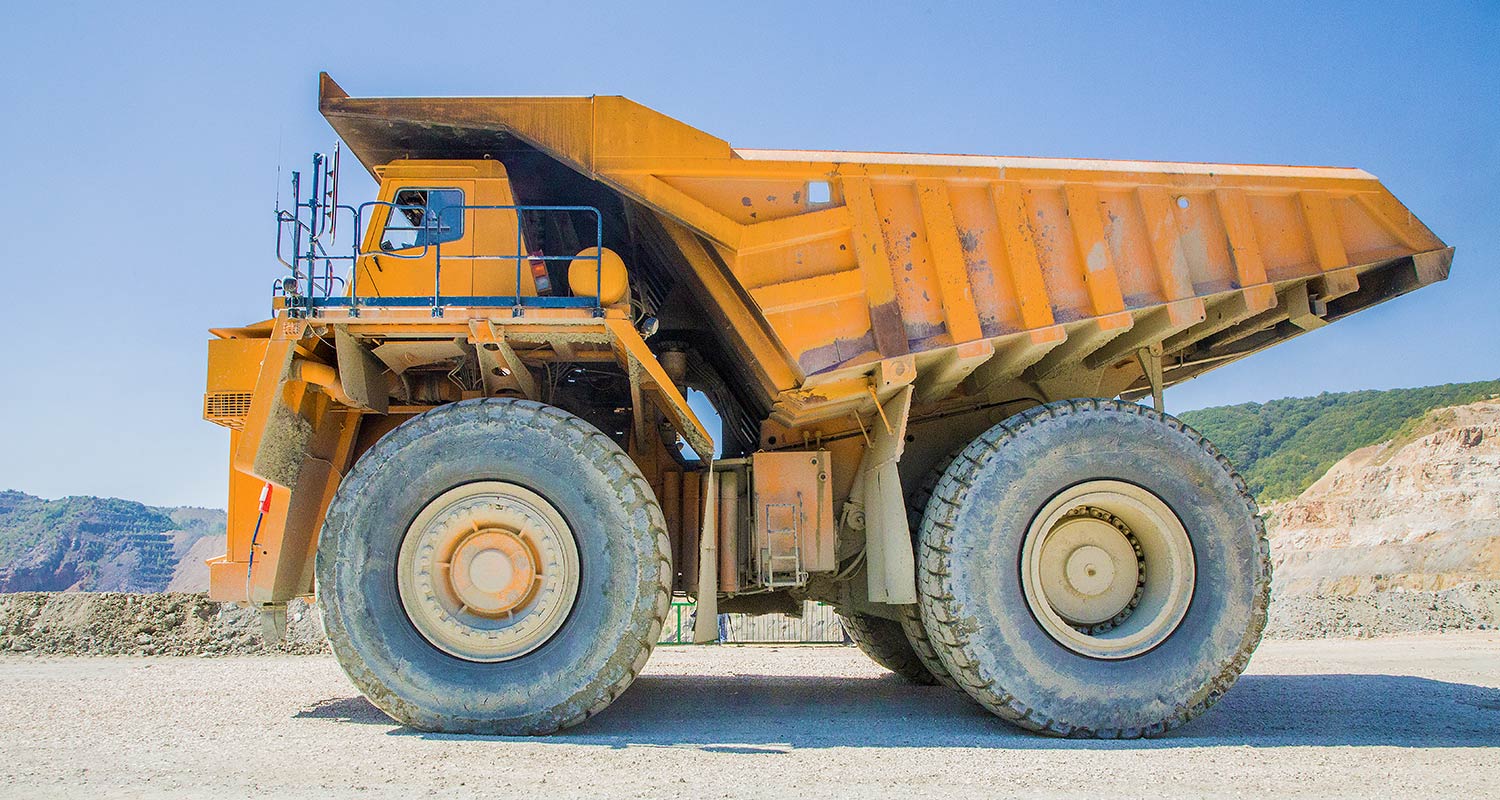Renting Out Vs. Buying Construction Tools: Making the Right Option for Your Task
When embarking on a building and construction project, one of the essential decisions that predict supervisors and stakeholders encounter is whether to purchase or rent out building and construction tools. The choice hinges on various variables such as cost considerations, project period, equipment upkeep, versatility, scalability, and risk management.
Expense Factors To Consider
When assessing the monetary element of buying versus leasing building equipment, the upfront prices and lasting costs have to be thoroughly considered. Renting out devices frequently needs lower initial payments compared to purchasing, making it an appealing alternative for short-term tasks or contractors with budget constraints. Leasing eliminates the demand for big capital expenses and decreases the economic risk connected with devices possession, such as maintenance and devaluation costs. Nevertheless, over time, continuously renting out devices can build up higher costs than buying, especially for extended projects.
On the other hand, buying construction equipment includes higher ahead of time expenses however can lead to lasting cost savings, specifically for frequent users or lasting jobs. Owning tools gives adaptability, convenience, and the possibility for resale value once the job is completed. In addition, possessing tools enables personalization and familiarity with details machinery, potentially boosting performance and efficiency on-site. Inevitably, the decision in between renting and purchasing building and construction equipment depends upon the project's period, frequency of usage, budget plan factors to consider, and lasting monetary goals.
Job Period

On the other hand, for lasting jobs or recurring building job, getting devices might be the much more economical alternative. Purchasing tools can cause cost savings in the future, specifically if the devices will certainly be often utilized. In addition, owning devices gives a sense of control over its availability and enables for personalization to fit particular task demands.

Equipment Maintenance
Provided the vital function project duration plays in determining the most cost-efficient technique between acquiring and renting construction tools, the emphasis now changes towards analyzing the essential element of equipment upkeep. On the various other hand, owning equipment requires a positive technique to maintenance to protect against break downs, make certain security, and prolong the equipment's life expectancy. Ultimately, a properly maintained building and construction tools fleet, whether leased or owned, is important for the effective and effective completion of building and construction tasks.
Flexibility and Scalability
In the realm of building devices administration, the moved here element of versatility and scalability holds considerable value for task effectiveness and source use. Opting to rent construction equipment offers a high level of adaptability as it permits for the quick change of tools types and quantities based on the progressing requirements of a task.
Renting out building devices uses the benefit of conveniently scaling operations up or down as task needs rise and fall. Contractors can rapidly trade or add equipment to match the project's changing needs without the constraints of possessing assets that might come to be underutilized or obsolete.
Risk Administration
Efficient danger monitoring in building devices procedures is vital to making certain project success and mitigating potential monetary losses. Building and construction tasks inherently involve various threats, such as equipment break downs, accidents, and job delays, which can substantially influence the project timeline and budget plan. By meticulously considering the dangers related to owning or renting out construction tools, job supervisors can make informed choices to reduce these potential dangers.
Renting out building and construction equipment can supply a level of danger mitigation used construction machinery for sale by moving the duty of maintenance and repairs to the rental company. This can minimize the financial worry on the project owner in case of unanticipated tools failings (heavy equipment rental). In addition, renting out gives the versatility to access customized devices for details job phases, decreasing the threat of possessing underutilized machinery
On the various other hand, possessing construction tools gives a sense of control over its use and upkeep. Nevertheless, this also indicates birthing the complete duty for fixings, maintenance expenses, and devaluation, raising the monetary dangers related to tools possession. Mindful danger evaluation and consideration of factors such as project period, tools use, and upkeep needs are important in figuring out one of the most appropriate alternative for efficient risk monitoring in construction projects.
Final Thought
Finally, when choosing between leasing and purchasing construction devices, it is essential to think about expense, task duration, equipment upkeep, risk, scalability, and adaptability administration. Each variable plays a vital function in determining one of the most suitable choice for the task at hand. By very carefully evaluating these elements, task supervisors can make an informed choice that lines up with their spending plan, timeline, and general project goals.
